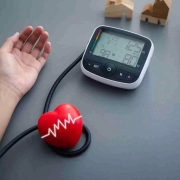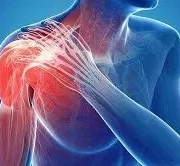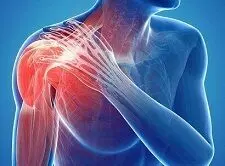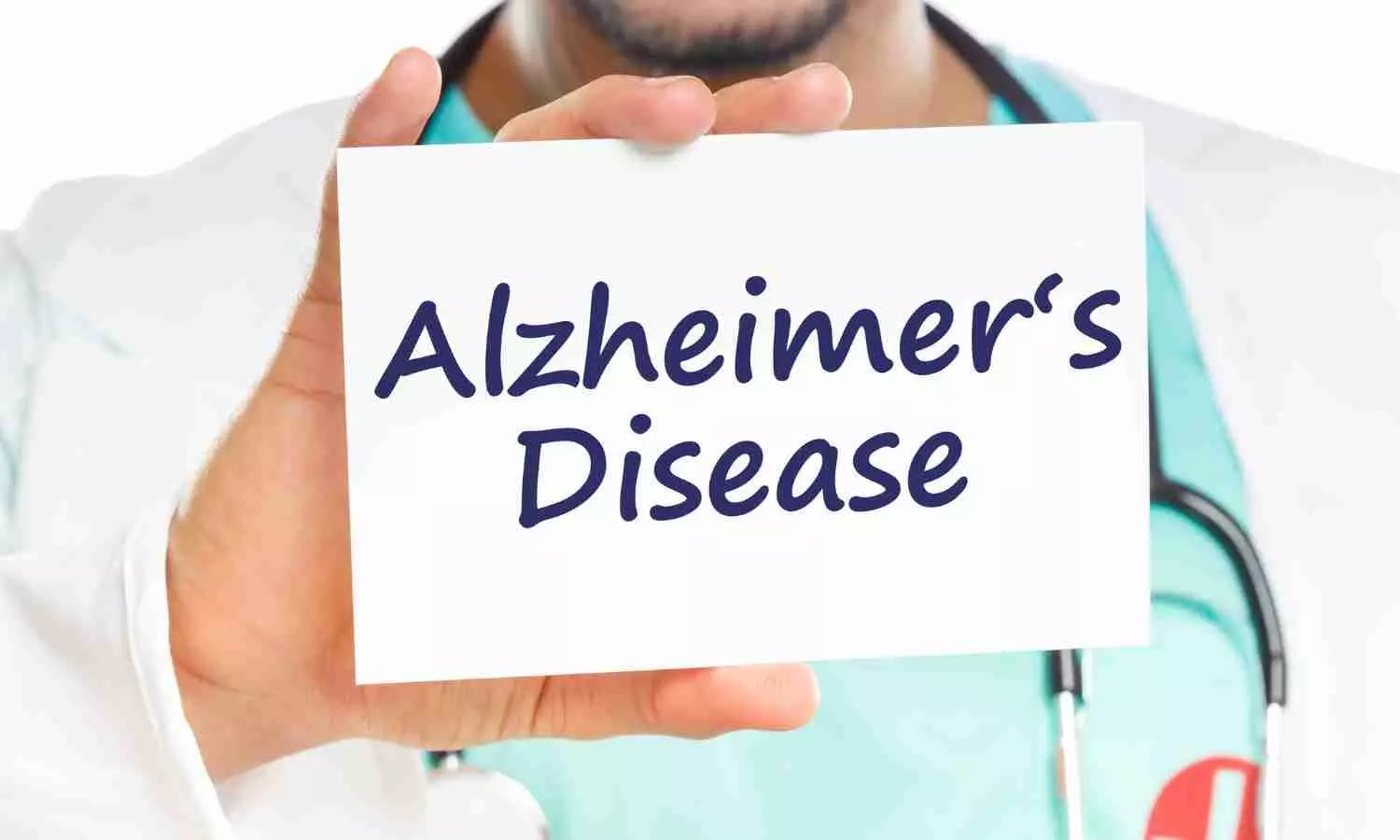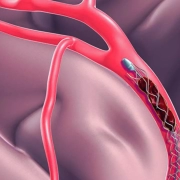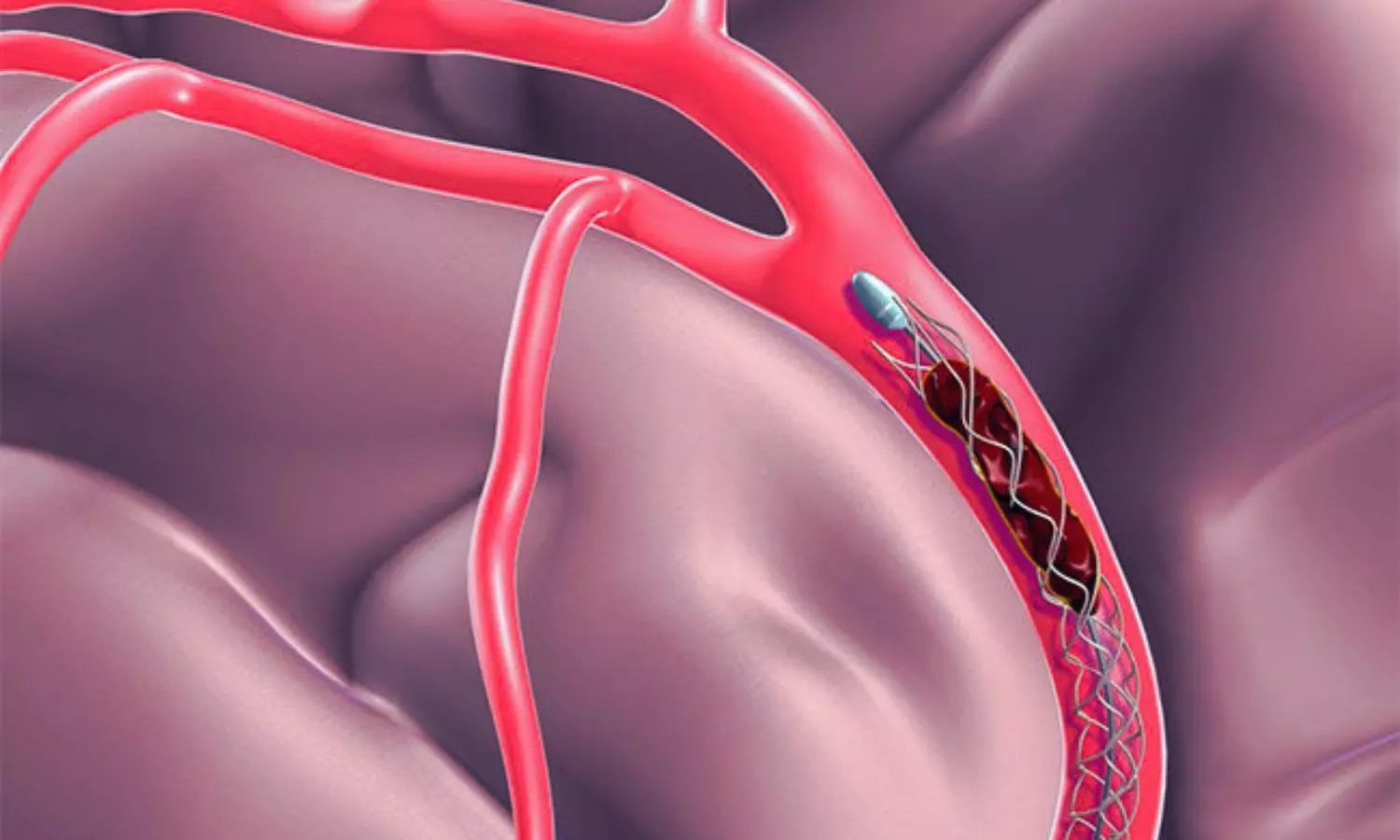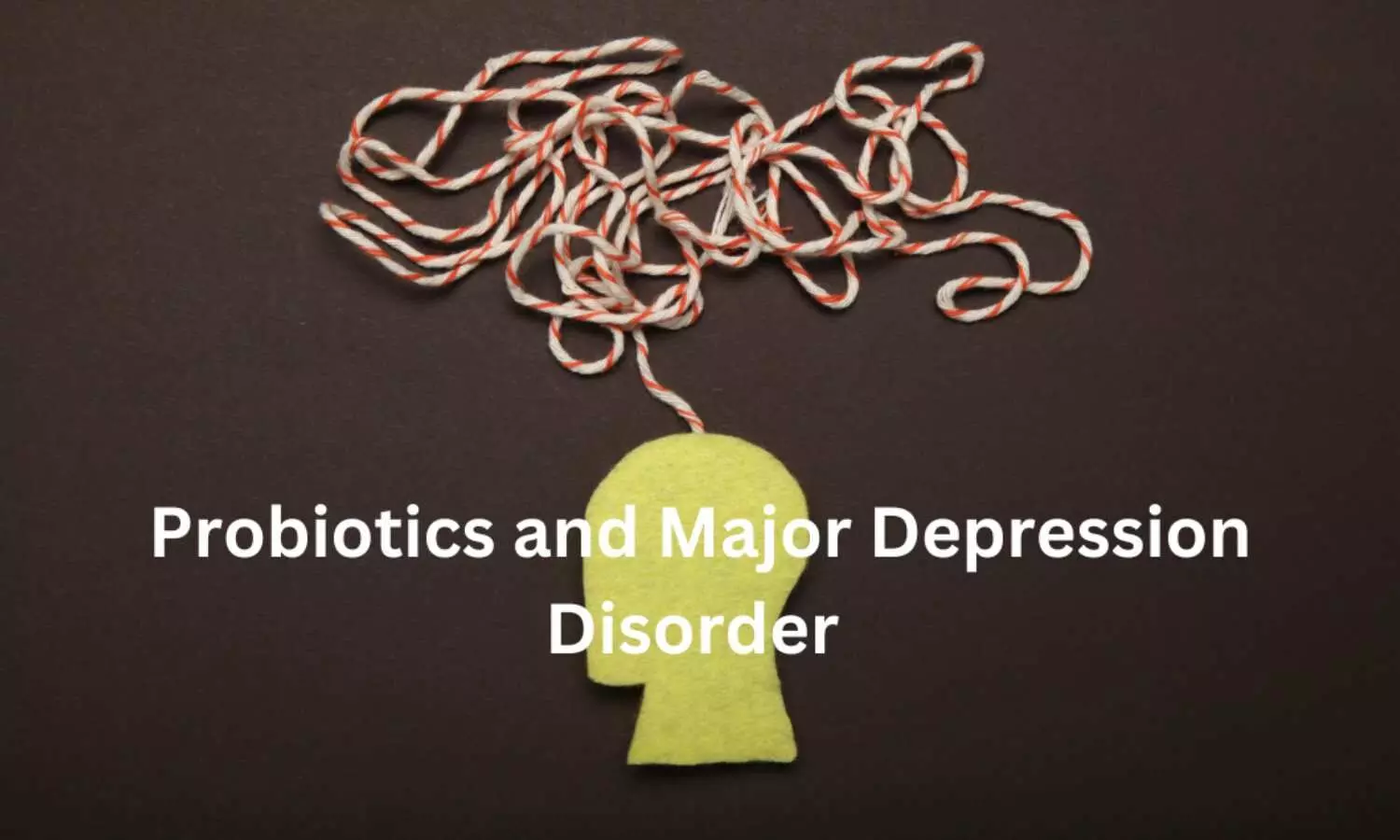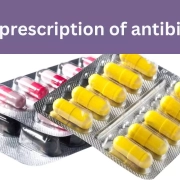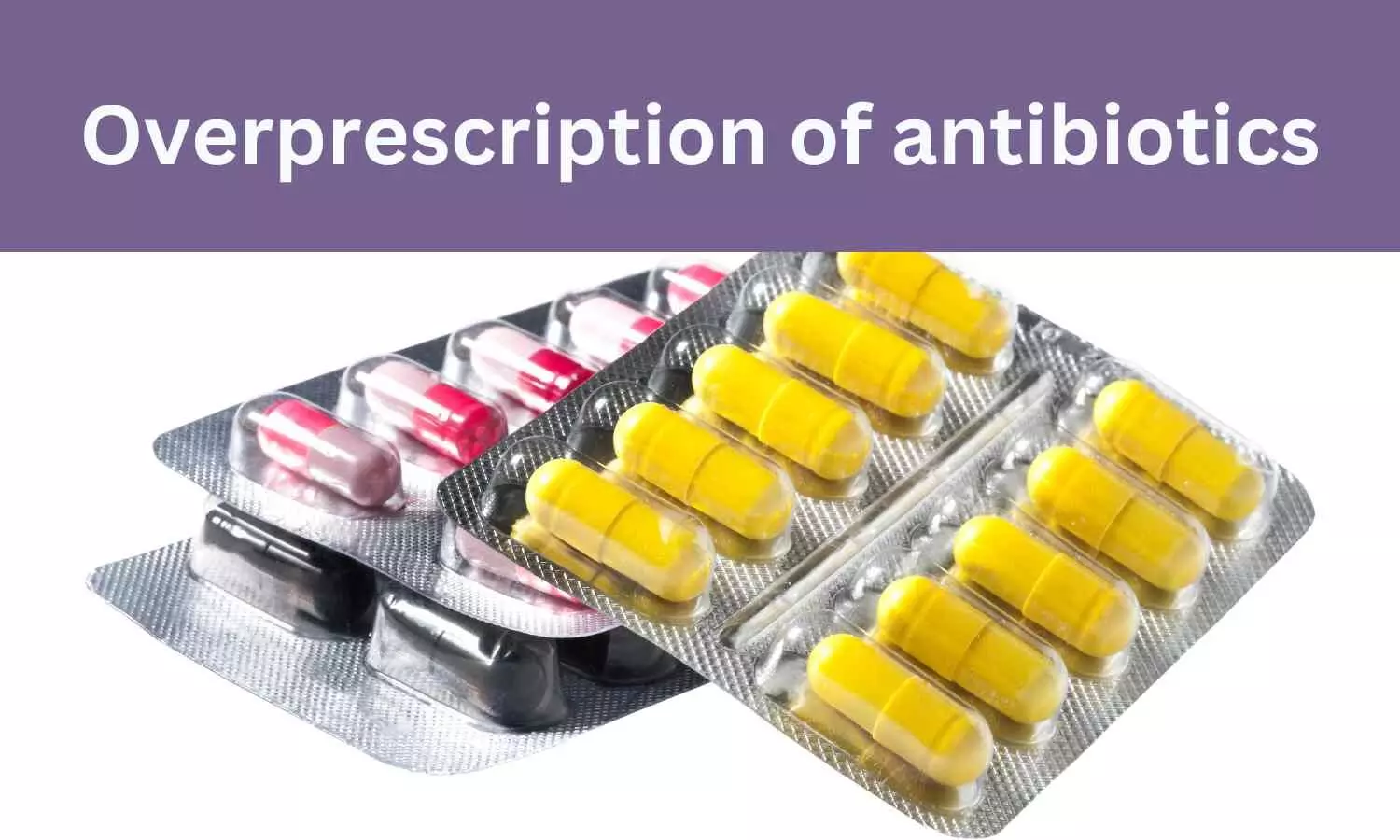Weight loss medication tirzepatide may help lower BP in adults with obesity
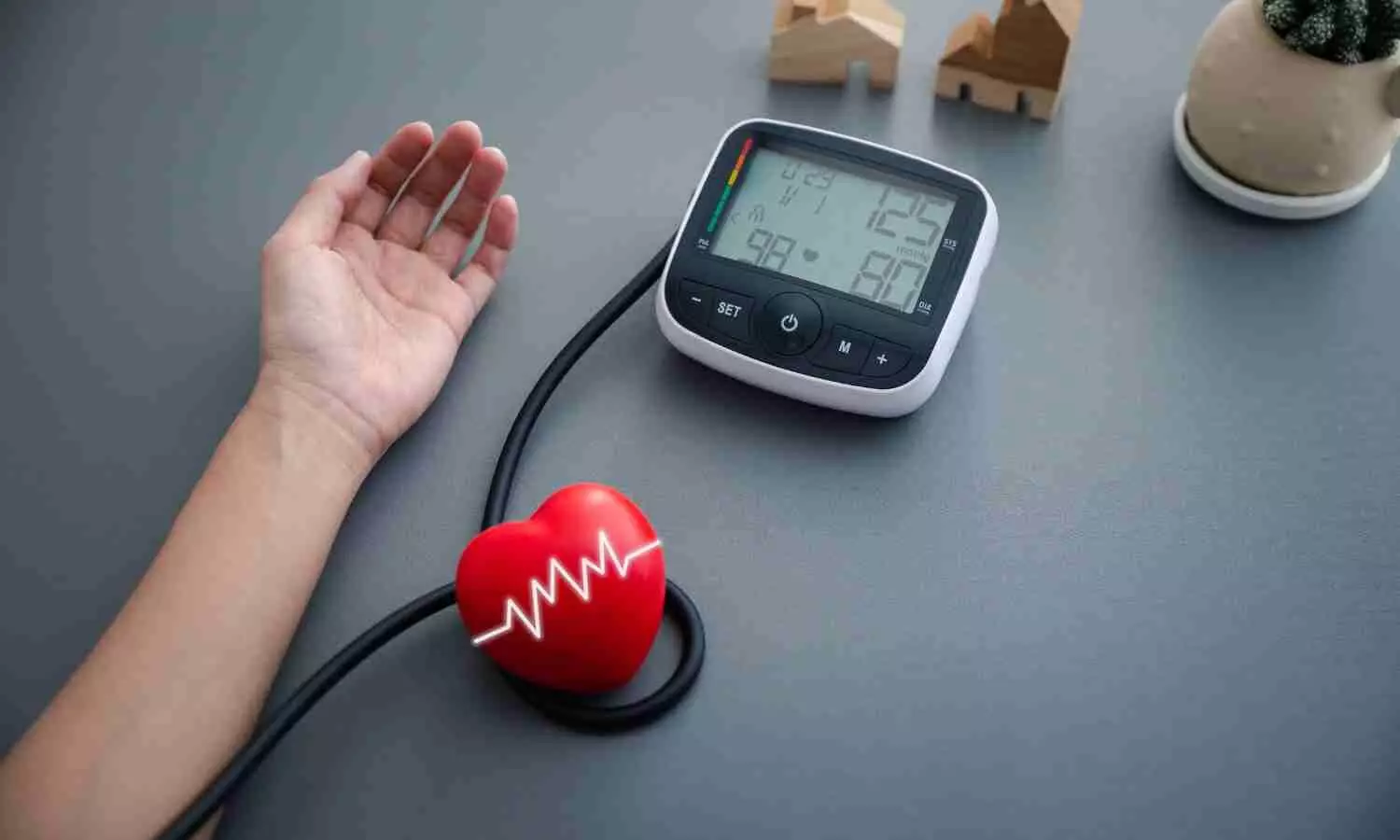
The new weight loss medication tirzepatide significantly lowered the systolic blood pressure (the top number in a blood pressure reading) for nearly 500 adults with obesity who took the medication for about eight months, according to new research published today in Hypertension, an American Heart Association journal.
Systolic blood pressure, or the top number in the blood pressure reading, is a stronger predictor for cardiovascular death than diastolic, or bottom number, blood pressure. According to the American Heart Association’s 2024 Heart Disease and Stroke Statistics, more than 122 million adults in the United States, or 47% of adults have hypertension, and nearly 42% of adults have obesity.
Tirzepatide works by mimicking two metabolic hormones in the body: it acts as a glucagon-like peptide-1 (GLP-1) receptor agonist and also as a glucose dependent insulinotropic polypeptide (GIP) receptor agonist. These hormones stimulate insulin secretion and sensitivity after a person eats. Together, they have been found so far to help regulate the body’s blood sugar levels, slow down digestion and reduce appetite, which makes a person feel more full and eat less, leading to weight loss. In contrast, semaglutide has only the GLP-1 hormone; it does not contain a GIP receptor agonist.
In 2022, the Food and Drug Administration approved tirzepatide for prescription as a treatment for Type 2 diabetes. In late 2023, the FDA also approved it for chronic weight management for people with obesity (body mass index of 30 kg/m2 or higher) or overweight (body mass index of 27-29 kg/m2) and at least one weight-related health condition, such as high blood pressure, Type 2 diabetes or high cholesterol.
“Our findings indicate treating obesity with the weight loss medication tirzepatide may be an effective strategy for preventing or treatinghigh blood pressure,” said lead study author James A. de Lemos, M.D., FAHA, the Kern Wildenthal, M.D., Ph.D., distinguished chair of cardiology and a professor of medicine at UT Southwestern Medical Center in Dallas. “Although tirzepatide has been studied as a weight loss medication, the blood pressure reduction in our patients in this study was impressive. While it is not known if the impact on blood pressure was due to the medication or the participants’ weight loss, the lower blood pressure measures seen with tirzepatide rivaled what is seen for many hypertension medications.”
The current research was a planned sub-study including 600 of the participants from the SURMOUNT-1 weight loss study to determine if there was an effect on blood pressure. The sub-study was designed to assess the effects of tirzepatide on blood pressure levels as measured by 24-hour ambulatory blood pressure monitoring in people with obesity but without Type 2 diabetes.
Participants received either a placebo or a dose of tirzepatide in one of three strengths (5 mg, 10 mg or 15 mg). About one-third of participants reported they had high blood pressure at the beginning of the study and were taking one or more hypertension medications. When the sub-study began, all of the participants had blood pressure levels that were less than 140/90 mm Hg, and if they used blood pressure medications, they were required to have been taking their blood pressure medications for at least three months. The sub-study included participants who had hypertension and who had normal blood pressure.
The study was conducted from December 2019 to April 2022, and the participant results after 36 weeks of taking tirzepatide indicate:
- For participants taking 5 mg of tirzepatide, there was an average reduction in systolic blood pressure of 7.4 mm Hg.
- For participants taking 10 mg of tirzepatide, there was an average reduction in systolic blood pressure of 10.6 mmHg.
- For participants taking 15 mg of tirzepatide, there was an average reduction in systolic blood pressure of 8.0 mm Hg.
- The blood-pressure lowering effects of tirzepatide were evident in blood pressure measures taken during both the day and night. Nighttime systolic blood pressure is a stronger predictor for cardiovascular death and all-cause death than daytime blood pressure readings.
The reductions in systolic blood pressure were consistent across subgroups of participants in the study who were categorized by additional factors, including age, sex, body mass index and hypertension-related risk factors.
Study background and details:
- SURMOUNT-1 was a randomized study on the effect of increasing doses of tirzepatide on weight loss. It found that in participants with overweight or obesity (body mass index (BMI) ≥27 kg/m2), once-weekly injections of 5 mg, 10 mg or 15 mg of tirzepatide led to mean weight reductions of 15%, 19.5% and 20.9%, respectively, compared to placebo.
- The sub-study included 600 adults from SURMOUNT-1: 155 participants received placebo; 145 were taking tirzepatide 5 mg; 152 were taking tirzepatide 10 mg; and 148 were taking tirzepatide 15 mg.
- Blood pressure measurements were available and analyzed for 494 participants who valid ambulatory blood pressure monitoring data at the beginning of the study and at week 36.
- Only the study participants with at least 70% valid readings on ambulatory monitoring and a minimum of 20 daytime and seven nighttime readings were included in the data analyses. This was 494 out of 600 initial participants.
- 69% of study participants self-identified as female, and 31% self-identified as male. 66.8% self-identified as white adults, 11.8% self-identified as Black adults and 25% self-identified as Hispanic ethnicity.
- The average age of the participants was 45.5 years, and their average BMI was 37.4 kg/m2, which meets the criteria for obesity (obesity is BMI≥30). People with obesity have an increased risk of high blood pressure, heart disease, stroke and Type 2 diabetes, as well as other health conditions.
- Ambulatory blood pressure monitoring used in this study included blood pressure measurements every 30 minutes during the day and every hour at night, providing a more comprehensive assessment of blood pressure than in office or daily home blood pressure measurements. For ambulatory blood pressure monitoring, study participants wore a blood pressure monitoring device for a 24- to 27-hour period that measured blood pressure throughout waking and sleeping hours. Ambulatory blood pressure monitoring was conducted when participants first began taking tirzepatide at the start of the study and after 36 weeks of being enrolled in the study.
The 2017 ACC/AHA Guideline for the Prevention, Detection, Evaluation, and Management of High Blood Pressure in Adults classifies hypertension, or high blood pressure, as having top and bottom blood pressure measures greater than or equal to 130/80 mm Hg.
Study limitations include that it was only conducted in a subset of the original 2,539 SURMOUNT-1 participants; the ambulatory blood pressure monitoring was only measured at two points in the study-baseline and at 36 weeks; and measurements were only taken once per hour at night to minimize the burden on study participants. In addition, changes in food intake and 24-hour urine sodium excretion were not assessed, meaning the contribution of dietary modifications including salt intake or other changes that may help to reduce blood pressure are unknown and cannot be estimated.
“Overall, these data are encouraging that novel weight-loss medications are effective at reducing body weight and they are also effective at improving many of the cardiometabolic complications of obesity including hypertension, Type 2 diabetes and dyslipidemia, among others. While the impact of each of these beneficial effects is individually important, many of these obesity-related complications act synergistically to increase the risk of cardiovascular disease. Thus, strategies that mitigate multiple obesity-related complications may reduce the risk of cardiovascular events,” said Michael E. Hall, M.D., M.S., FAHA, chair of the writing group for the Association’s 2021 scientific statement on weight-loss strategies for prevention and treatment of hypertension and chair of the department of medicine at the University of Mississippi Medical Center in Jackson, Mississippi.
“Additional studies will be necessary to determine the long-term impact on cardiovascular events such as heart attack and heart failure. Also, studies are needed to investigate what happens to blood pressure when medications like tirzepatide are discontinued – does the blood pressure rebound and go back up, or does it remain lowered?” Hall concluded.
Reference:
James A. de Lemos, Bruno Linetzky, Carel W. le Roux, Luke J. Laffin, Wanpen Vongpatanasin, Ludi Fan, Andrea Hemmingway, Nadia N. Ahmad, Mathijs C. Bunck and Adam Stefanski, Tirzepatide Reduces 24-Hour Ambulatory Blood Pressure in Adults With Body Mass Index ≥27 kg/m2: SURMOUNT-1 Ambulatory Blood Pressure Monitoring Substudy, Hypertension, https://doi.org/10.1161/HYPERTENSIONAHA.123.22022.
Powered by WPeMatico

